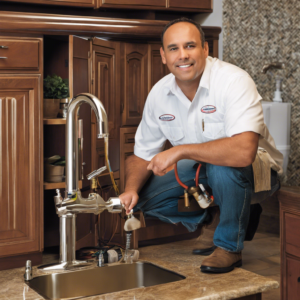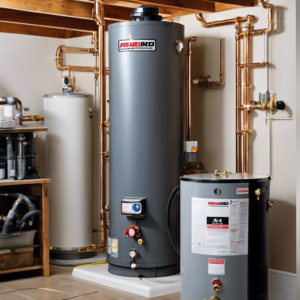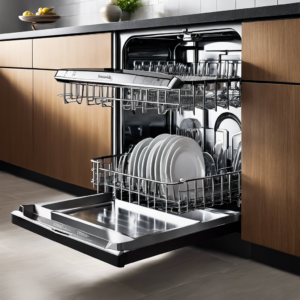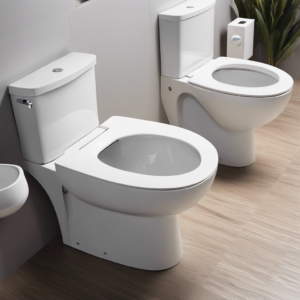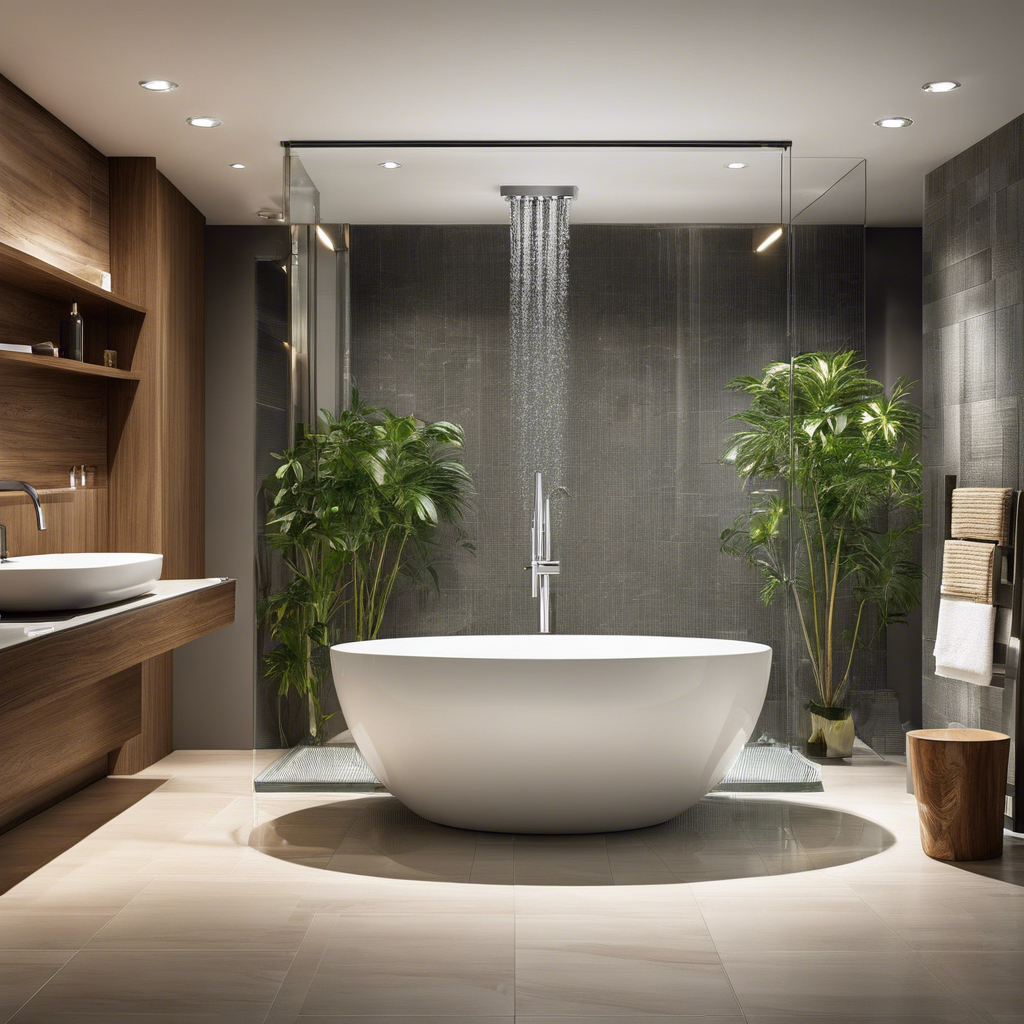
Water Savings in, the average household wasting thousands of gallons of water annually from unchecked drips or inefficient appliances, a few mindful usage adjustments in bathrooms and kitchens significantly slash both environmental waste and monthly utility bills. Read on for 10 impactful yet simple water conservation tactics protecting precious resources while saving money longterm through thoughtful daily adaptations inside your home and yards.
Our Water Wasting Problem
Before diving into solutions, understanding typical water misuse statistics helps reveal why action matters:
- 30-60% higher usage than conservation-minded counterparts occurs in many households largely from leaky fixtures and landscape irrigation.
- Up to 10 gallons daily gets wasted from valve drips as small as one drop per second – adding up to almost 4,000 gallons yearly!
Getting excess waste under control pays dividends for both the planet and your wallet.
Benefits of Reducing Water Consumption
Cutting back superfluous water usage:
- Lowers monthly bills directly lowering gallons used
- Reduces energy bills from less pumping/heating water
- Protects environmental habitats from depleted rainwater and reservoirs
- Maintains utility service viability for entire communities avoiding shortages
Now let’s explore impactful areas to curb usage inside and out.
Conserve Water in Toilets
As the primary indoor water user, a few key steps reduce gallons per flush:
Limit Unneeded Flushes
Simply not flushing after every sink use or solid waste deposition alone can save gallons daily avoiding reflex flushing.
Toilet Tank Water Displacement
Place a filled quart plastic jug or bag weighted with pebbles inside tanks to reduce water volumes required to fill bowls, saving up to 25% each flush.
Detect Leaky Toilets Early
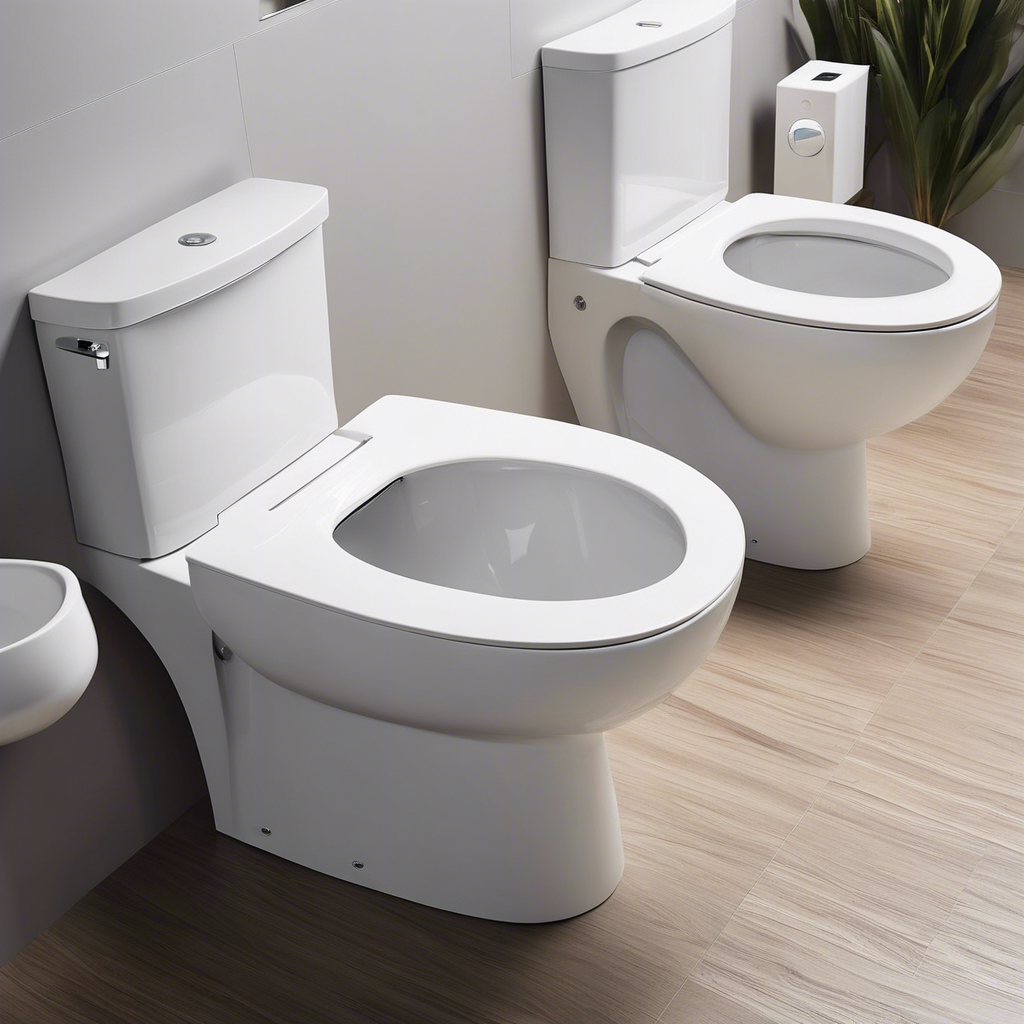
Beyond physical flushing, leaks silently waste hundreds of gallons monthly. But strategies like these find them quickly:
Listening Overnight for Running Toilets
Activate suspicion if constantly hearing water cycling in toilet tanks, then inspect flapper valves releases allowing water to keep entering the bowl.
Add Food Coloring to Tanks
Drop dye tablets into clean toilet bowl water. Colored water appearing in toilet bowls shortly after indicates tank leaks needing valve repairs.
Monitor Water Bills Closely
Spikes exceeding usage changes can mean new leaks warranting thorough fixture checks before extensive pipe repairs become necessary.
Adjust Faucet Use Habits
Bathroom and kitchen taps also deserve adjustments:
Install Low-Flow Aerators
Low-cost screw-on sensors restrict water flows to 1.5 gallons per minute versus 5-7 gallons typically saving thousands of gallons annually without performance compromise.
Eliminate Tap Water Waste
Turn taps completely off between uses when washing hands, dishes, or brushing teeth instead of letting water futilely go down drains.
Take Shorter Showers
Adjusting both flow rates and shower lengths reduces waste:
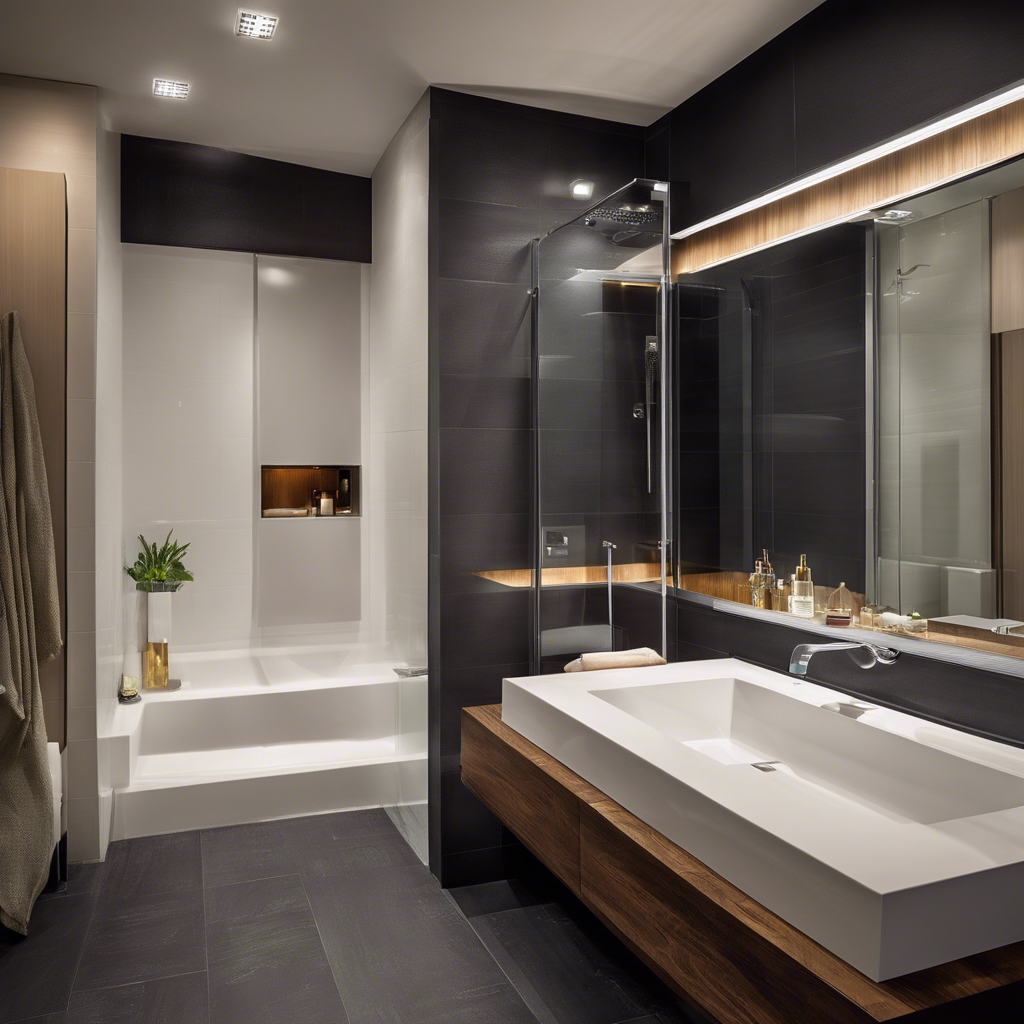
Time Your Daily Showers
Track typical lengths, then gradually shave off unneeded minutes. Every 60 seconds cut saves up to 4 gallons per warmer using eco-flow heads.
Check for Efficient Showerhead Flow Rates
If outdated showerheads use over 2 gallons per minute, replace them with affordable low-flow versions using 30-40% less water without losing pressure.
Amping conservation across all bathroom and kitchen fixtures magnifies reductions. And don’t ignore exterior usage either…
Additional Water Savings Beyond Bathrooms
- Full loads only for laundry and dishwashing cycles
- Insulate hot water lines lowering demand from tap heat loss
- Collect rainfall in rain barrels for irrigation use
- Mulch garden beds retaining moisture reducing water needs
Getting truly comprehensive with reduced consumption both inside and outside your home ultimately pays back through lower operating costs and smaller environmental footprints. Just mindfully avoiding excessive waste day-to-day keeps water resources flowing while cutting monthly bills!
Let’s recap approaches with the widest benefit:
In Summary
- Reduce toilet flushes when practicable
- Detect and repair leaks from worn flapper valves
- Install inexpensive sink and shower aerators restricting flows
- Time shower lengths slashing unnecessary minutes
- Rethink grass lawns requiring heavy irrigation
Little adjustments make big differences decreasing water demands. Still have conservation questions? Reach out to learn more ways protecting essential water reserves while saving money!
Why should I install water-saving fixtures in my bathroom?
Installing water-saving fixtures in your bathroom helps to conserve water, reduce water bills, and contribute to environmental sustainability by minimizing water wastage.
How can I save water while using the toilet?
You can save water while using the toilet by installing a water-saving toilet flush, avoiding flushing unnecessary items, and checking for leaks in the toilet tank and pipes.
What are some tips to save water in the bathroom?
Some tips to save water in the bathroom include fixing leaks promptly, using water-efficient plumbing fixtures, and being mindful of water usage during daily activities such as showering and brushing your teeth.
How much water can a leaking showerhead waste?
A leaking showerhead can waste hundreds of gallons of water per year, which adds up to significant water wastage and increased water bills.
What are 7 ways to save water at home?
Seven ways to save water at home include fixing leaks, using water-efficient appliances, collecting rainwater for plants, taking shorter showers, reusing greywater, using a broom instead of a hose to clean outdoor areas, and turning off the faucet when not in use.
How can I reduce my water use in the bathroom?
You can reduce your water use in the bathroom by taking shorter showers, using water-saving showerheads, and being mindful of water usage when using the toilet and sink.
Why is it important to save water in the bathroom?
Saving water in the bathroom is important because it reduces water wastage, conserves water supply, and lowers water and energy bills.
What are some simple ways to conserve water at home?
Simple ways to conserve water at home include fixing leaks, using water-efficient appliances, taking shorter showers, and reusing water when possible.
How can I save water in my bathroom?
You can save water in your bathroom by fixing leaks, installing water-saving showerheads, and turning off the faucet while brushing your teeth or shaving.

